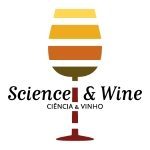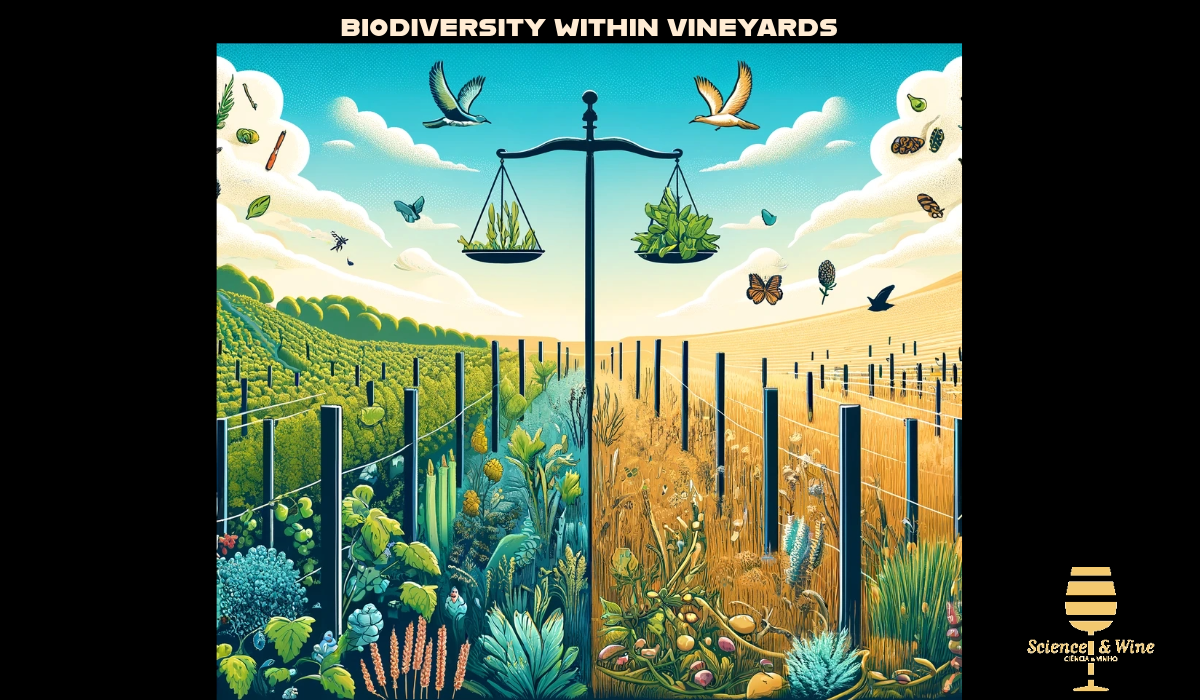This post is about a paper that concluded that individual management practices are more influential on vineyard biodiversity than the habitat context, overall management regime, or certification status. This study recommends that sustainability accreditation schemes focus on reducing the ecotoxicity of agrochemicals used and encourage the promotion of higher ground vegetation cover by reducing herbicide use to benefit vineyard biodiversity.
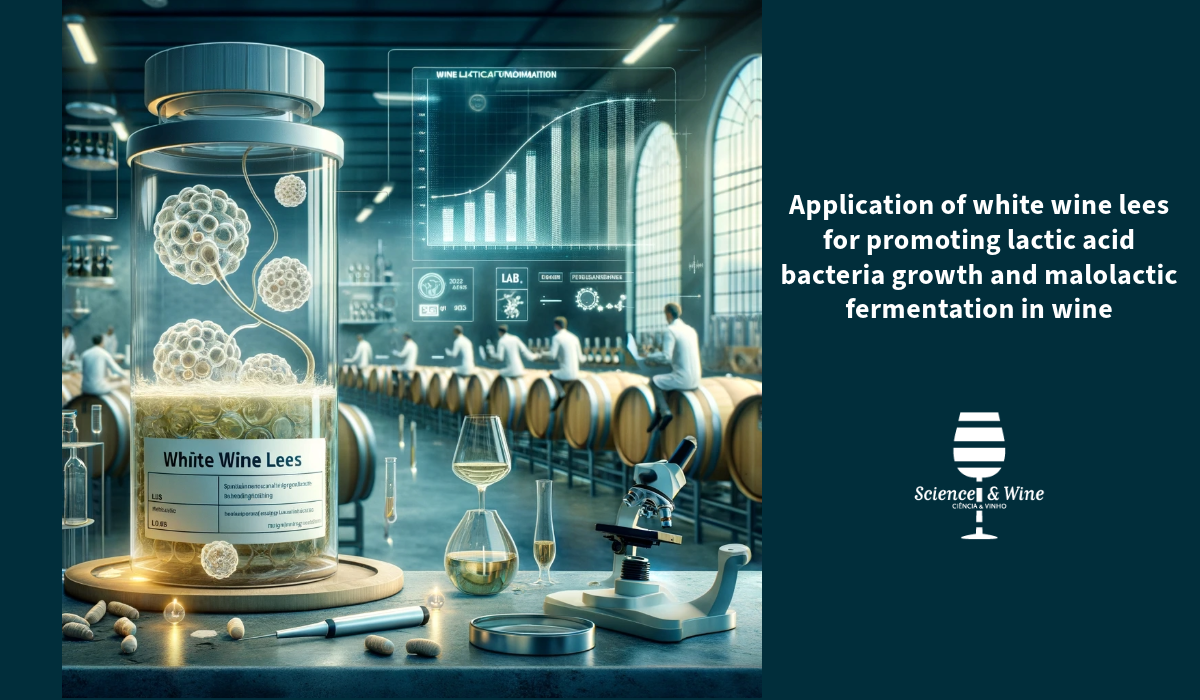
Application of white wine lees for promoting lactic acid bacteria growth and malolactic fermentation in wine
This study explored the potential of utilising white wine lees, a by-product of winemaking, in the industrial application of wine production. By examining the growth of wine lactic acid bacteria and their impact on the malolactic fermentation process, this study highlights the potential of using wine lees as a beneficial agent for MLF in red wines. The study also confirmed that the inclusion of white wine lees does not negatively impact the quality of wine and does not encourage the growth of spoilage microorganisms. Overall, this study proposes a sustainable recycling strategy for wine by-products in winemaking.
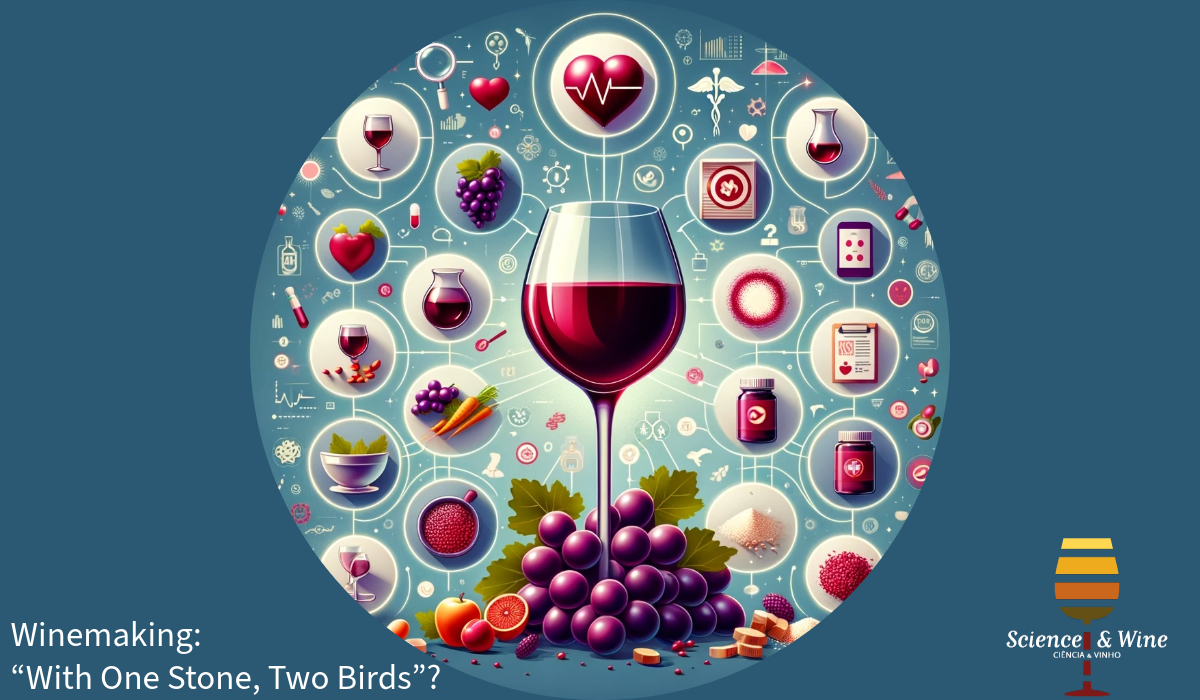
Winemaking: “With One Stone, Two Birds”? A Holistic Review of the Bio-Functional Compounds, Applications and Health Benefits of Wine and Wineries’ By-Products
The paper titled “Winemaking: ‘With One Stone Two Birds’? A Holistic Review of the Bio-Functional Compounds, Applications and Health Benefits of Wine and Wineries’ By-Products” provides a comprehensive review of the health benefits and applications of bio-functional compounds found in wine and by-products of wineries. It explores the nutritional value, bio-functional components, and health-promoting properties of these compounds, particularly their antioxidant, anti-inflammatory, and antithrombotic effects. The paper also discusses the beneficial effects of moderate wine consumption as part of a balanced diet and examines the potential of wineries’ by-products in developing functional foods, supplements, and nutraceuticals. Limitations and future perspectives of these bioactive compounds are also addressed.
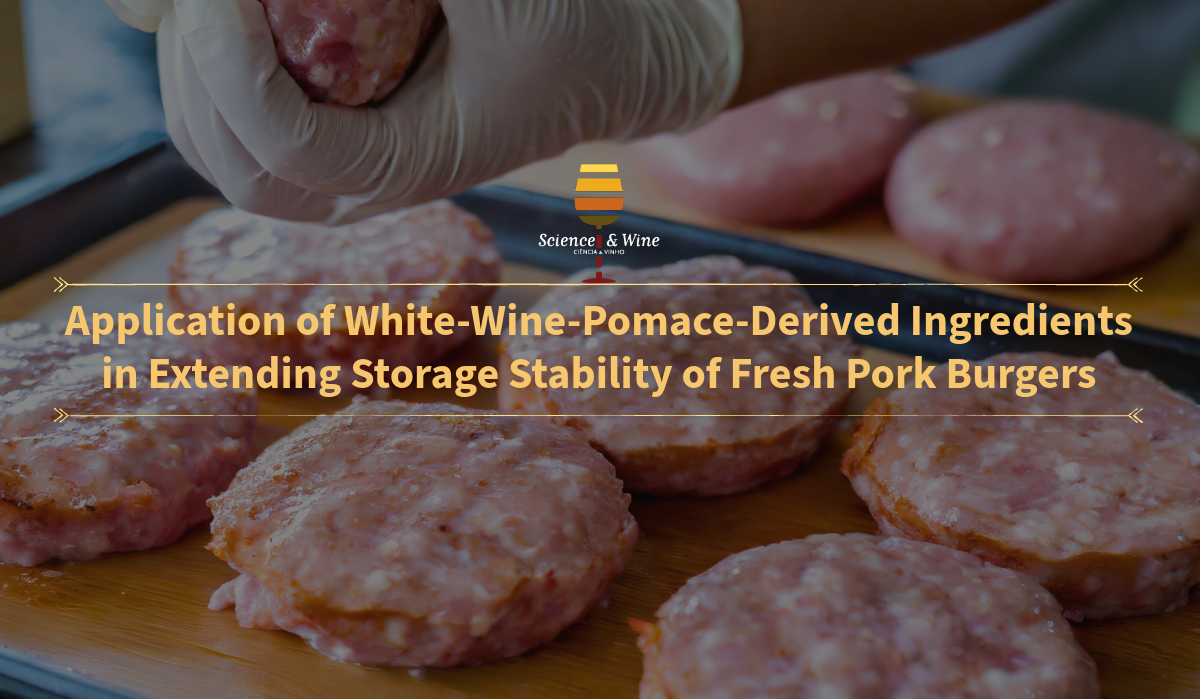
Application of White-Wine-Pomace-Derived Ingredients in Extending Storage Stability of Fresh Pork Burgers
This study investigated the use of white wine pomace (a byproduct of wine production) as a preservative in pork burgers. It assesses the impact of this ingredient on various quality aspects of meat, including microbial growth, color stability, oxidation, and overall sensory attributes, over a period of refrigerated storage. This study aimed to offer an eco-friendly alternative to conventional preservatives such as sulfites, assessing whether wine pomace can effectively extend the shelf life and maintain the quality of pork burgers. These results indicate that while wine pomace shows some antioxidant properties, its effectiveness in inhibiting microbial growth and preserving the color of pork burgers is limited compared to traditional sulfite preservatives.
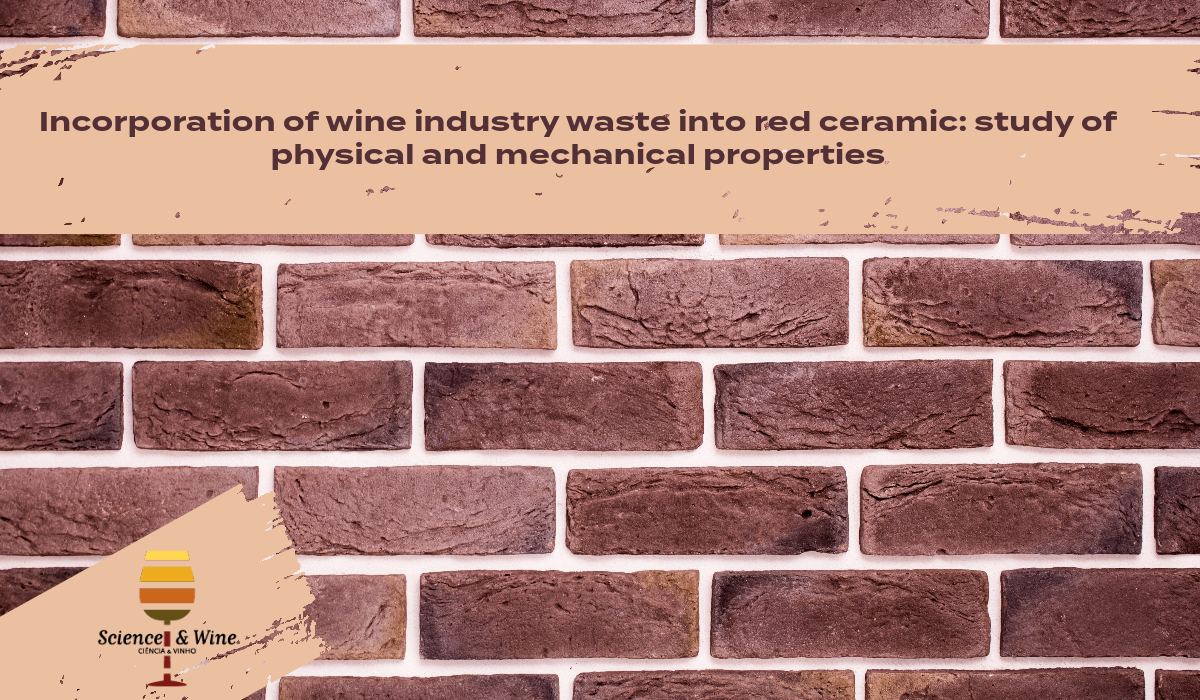
Incorporation of wine industry waste into red ceramic: study of physical and mechanical properties
Ever wondered about the utilisation of valuable remnants from the wine industry to revolutionise ceramics? A groundbreaking study published recently has opened the door to a new era in ceramic production, exploring the wine industry surplus in an unexpected and astonishing way! In this exciting study, researchers investigated the potential of incorporating grape skins into red ceramics to assess their impact on the physical and mechanical properties of the clayey body. Five different compositions were prepared, each with varying percentages of biomass incorporation:0, 2.5, 5, 7.5, and 10%. The specimens, crafted through vacuum extrusion in a laboratory extruder, were subjected to meticulous tests and analyses encompassing chemical, mineralogical, thermal, physical, morphological, and microscopic examinations of the clayey raw materials. This innovative approach not only contributes to sustainable practices by recycling wine industry by-products but also holds the promise of reshaping the future of ceramic production. By harnessing the potential of grape skins, we are not just creating ceramics; we are crafting greener, more sustainable tomorrow. Cheers to a future where the art of winemaking and ceramic craftsmanship intertwine, paving the way for a more eco-friendly and innovative world.
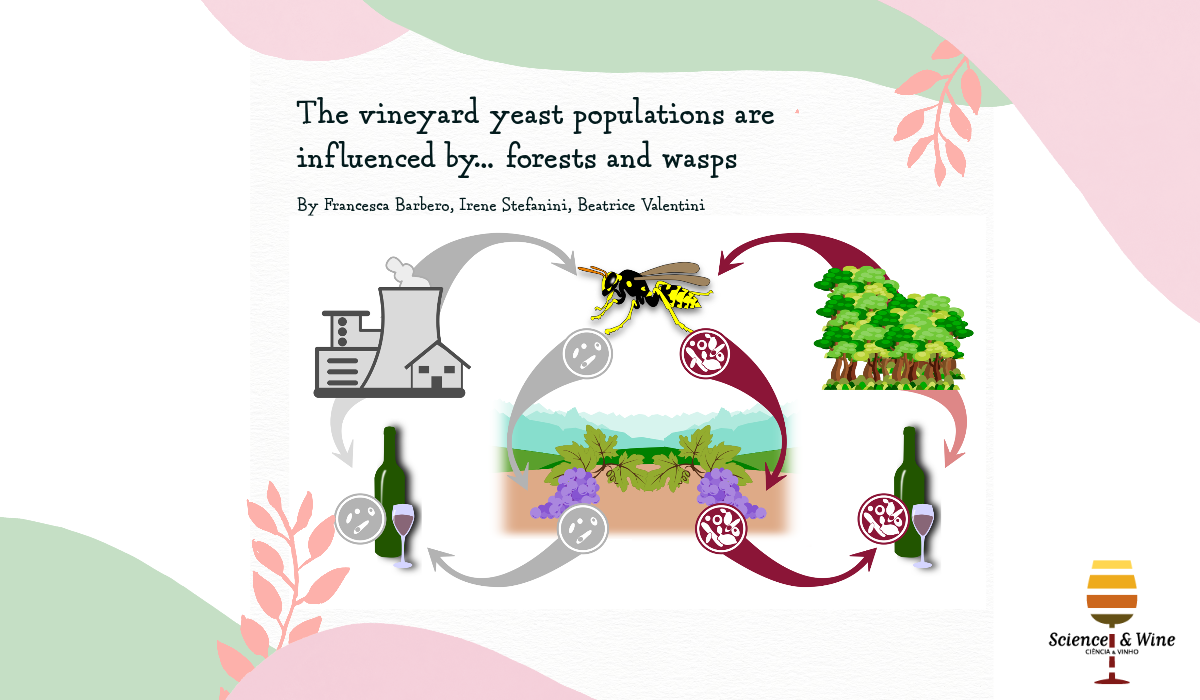
The vineyard yeast populations are influenced by… forests and wasps. [Forests influence yeast populations vectored by insects into vineyards]
In the vineyard, yeast communities impact the ripening and fermentation of grapes and are influenced by geographical location, climate, and soil characteristics. Despite the great advancement in our knowledge of the vineyard mycobiota, a key step of the process leading to the definition of the vineyard yeast community is still poorly understood: if geography, climate, and soil influence the mycobiota, potentially through selection, where do the yeast originate from, and how can they reach the vineyard? In this perspective, it is currently acknowledged that forests host several yeast species and that insects, particularly social wasps, can vector and maintain the yeasts known to populate the vineyard. Alas, the conveyance, fostered by insects, of yeasts from the forest to the vineyard has not been proven yet. In this study, we aimed to assess the existence of links between a potential natural source of yeasts (woods), the vectors (social wasps), and the composition of the vineyard mycobiota.
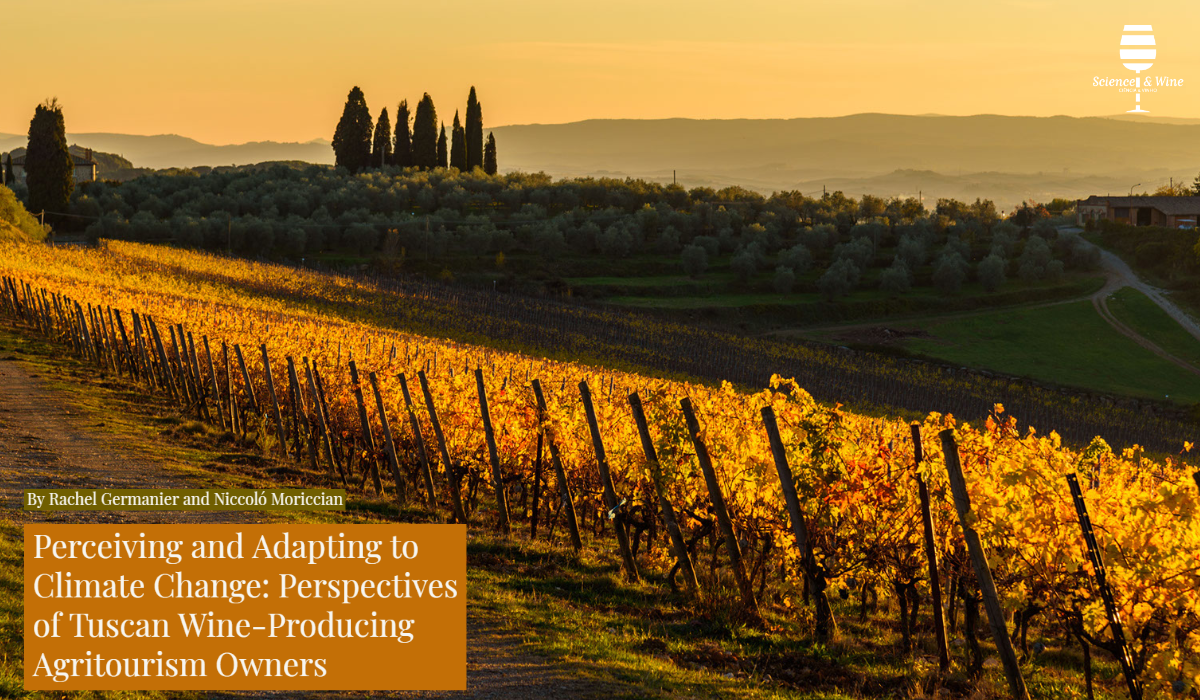
Perceiving and Adapting to Climate Change: Perspectives of Tuscan Wine-Producing Agritourism Owners
It is now widely accepted that climate change is having a profound impact on the weather systems around the world. These, in turn, have a considerable effect on two important elements of the Tuscan economy: wine production and tourism. This case study sought to explore the relationship between the perception of Tuscan wine-producing agritourism owners of the potentially abstract notion of climate change and their concrete experiences as entrepreneurs. While recognizing the difficulties they face from climate change as viticulturists, as agrotourism owners they welcome the longer seasons which enable them to open in the formerly barren shoulder seasons but struggle with last-minute cancellations due to unpredictable weather in the area.
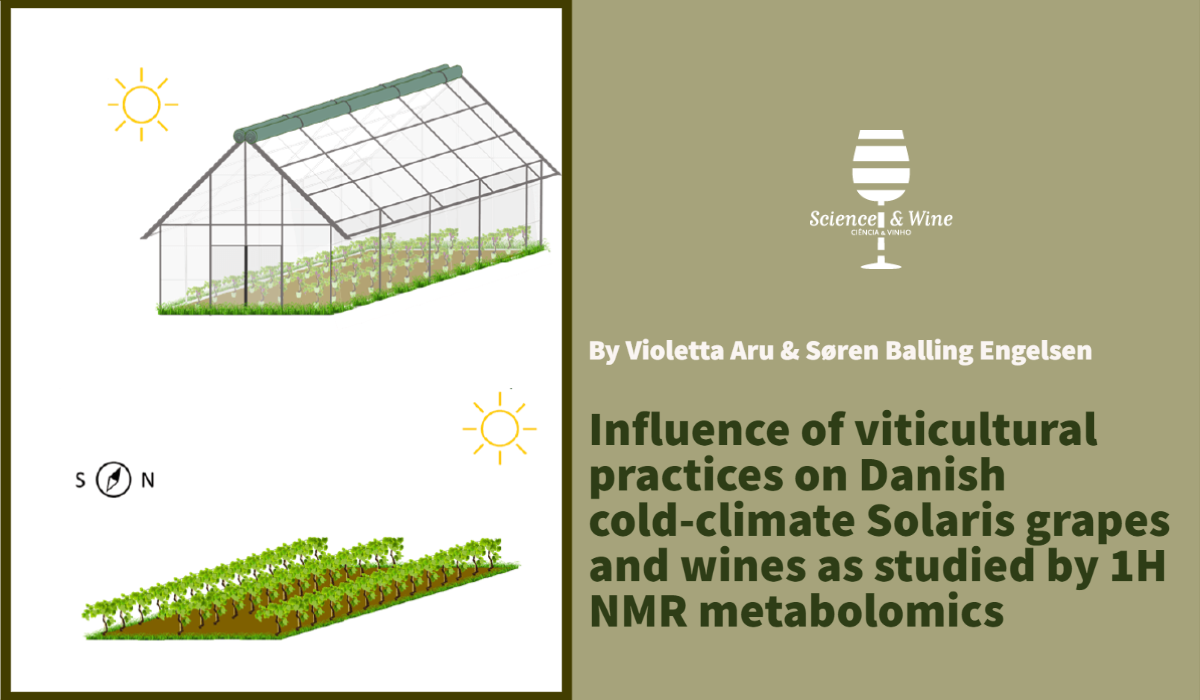
Influence of viticultural practices on Danish cold-climate Solaris grapes and wines as studied by 1H NMR metabolomics
The present multidisciplinary study aimed at investigating the impact of water deficit, defoliation, and crop thinning on Solaris’ plant and fruit development as well as on the bulk metabolic composition of Solaris must and wines as measured by FT-IR and 1H NMR. Overall, the results show that, from an agronomical point of view, Solaris has a remarkable ability to tolerate and recover from water stress.
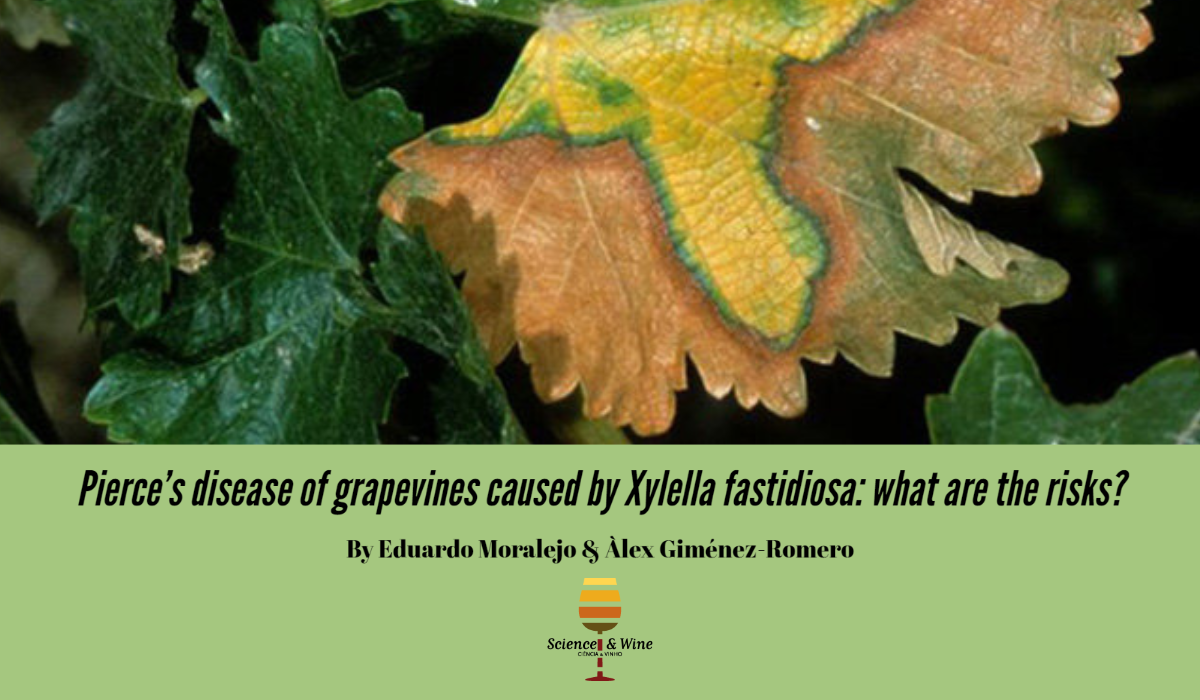
Pierce’s disease of grapevines caused by Xylella fastidiosa: what are the risks?
The vector-borne bacterium Xylella fastidiosa is responsible for Pierce’s disease (PD), a lethal grapevine disease that originated in the Americas. The international plant trade is expanding the geographic range of this pathogen, posing a new threat to viticulture worldwide. To assess the potential incidence of PD, the authors of this post built a dynamic epidemiological model based on the response of 36 grapevine varieties to the pathogen in inoculation assays and on the vectors’ distribution when this information is available.

Agrobiodiversity dynamics in a French wine-growing region
Agrobiodiversity is a promising nature-based solution in the pursuit of sustainable agriculture. In wine-growing systems, commercial pressure and varietal regulations have narrowed agrobiodiversity in vineyards despite higher diversity being an important buffer against the effects of climate change. If drivers of grape diversity change are well-understood at national to global scales, little is known about the local, past or anticipated trajectories that drive agrobiodiversity dynamics depending on growers’ cultural values, practices and choices. We combined quantitative agricultural census data and qualitative ethnographic approaches to characterise changes in the diversity of grape varieties from 1960 to 2020 at the communal and vineyard levels in a French wine-growing region, and to decipher the drivers of change
